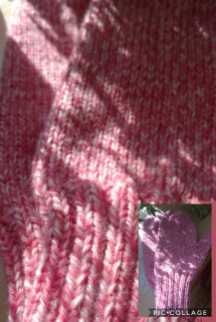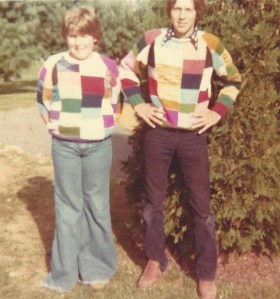I’m a planner. I have lists for everything I do: running, weight lifting, mountains to climb, races to run. Of course I have shopping lists, packing lists and to-do lists a mile long. It’s part of my personality. It’s probably why I do it for a living and why I’m so good at it. So much so that if I don’t have something to plan, I’m a little lost. I feel anxious. It’s part of my soul- who I am.
As you can imagine, COVID19 and the pandemic sweeping across the globe has thrown a wrench in all my planning. This spring was to be my busiest running season yet. I’d already completed two races, one in January and one in February, and I was registered for eight more, three being half marathons. I have one on the calendar still, a challenging 16 mile trail race, but I have little doubt that, too, will be canceled. Last Monday was the busiest cancellation day; three of the big ones (two half marathons and a 5k) were all canceled on the same day. One was not just a half marathon, it was the reason we were going to Alaska for two weeks in June. That trip was subsequently canceled. Another planning event is gone.
I can find more races, that’s not the problem. Having nothing to focus my energy on is the problem.
As a planner, my goals are all in the future. Still, I’m able to keep myself in the present with my lists. I’m able to take a big goal and break it down into present moments. For example, my big goal was to run 4 half marathons this year. My present moments are each run on my plan that will get me there and the strength training sessions three times a week that will make me stronger. Training for the races is my favorite part! Sure, I have a big goal I’m planning for, but it’s made up of a lot of little goals which I have to focus on in the present.
While it’s the interim steps that help me focus my attention in the present, without an end goal, I have a tendency to lose focus. I remember hearing a saying years and years ago that, “the next six weeks will go by whether you are doing something towards your goals or not. You might as well be working towards something, even if just a little bit each day.” And this has been my motto since. A little movement every day towards a goal will get you there. Whether it’s running, writing or lifting weights, as long as you are moving forward every day you’ll eventually get there. It’s the goal that keeps me moving forward.
During this challenging time of COVID-19 and the continuous cancelling of every social activity, it can be hard to stay motivated towards a plan that may or may not happen. While we’ve changed our plans and are going back to Montana in August, each day that passes brings news that threatens the ability to travel even four months from now. I osculate from being positive and upbeat, adding things to my packing list and feeling in control, to wondering if it’s worth going out for a run at all. I have worked hard my entire life to be able to travel and see the world and now, the world is shutting down. Now that I can travel, the ability has been stripped away.
But that can’t be my focus. There’s a lesson in everything in life and this situation has taught me that a goal needs to be more internal and less affected by external forces. My hope needs to be internal, needs to be driven by forces inside, not outside. I need to change my goals and my plans to be things I can have control over and can fully own. Instead of a goal of running 4 half marathons, I need to have a goal of beating the 700 miles I ran last year. Get outside and enjoy every single run, no matter the outcome. Virtual races are popping up like crazy so if I need a race to keep me motivated, I can do it on my own!
While the world may still be crazy at the end of August and our trip may be canceled yet again, I can’t help but plan anyway. Call it hope. Call it the false sense of optimism that we, as a country, will figure out how to conquer this pandemic and life will return to normal before too long. Call it whatever you want, but I need that glimmer of hope. I need to plan. I’ll just refocus that plan to something I can control.





